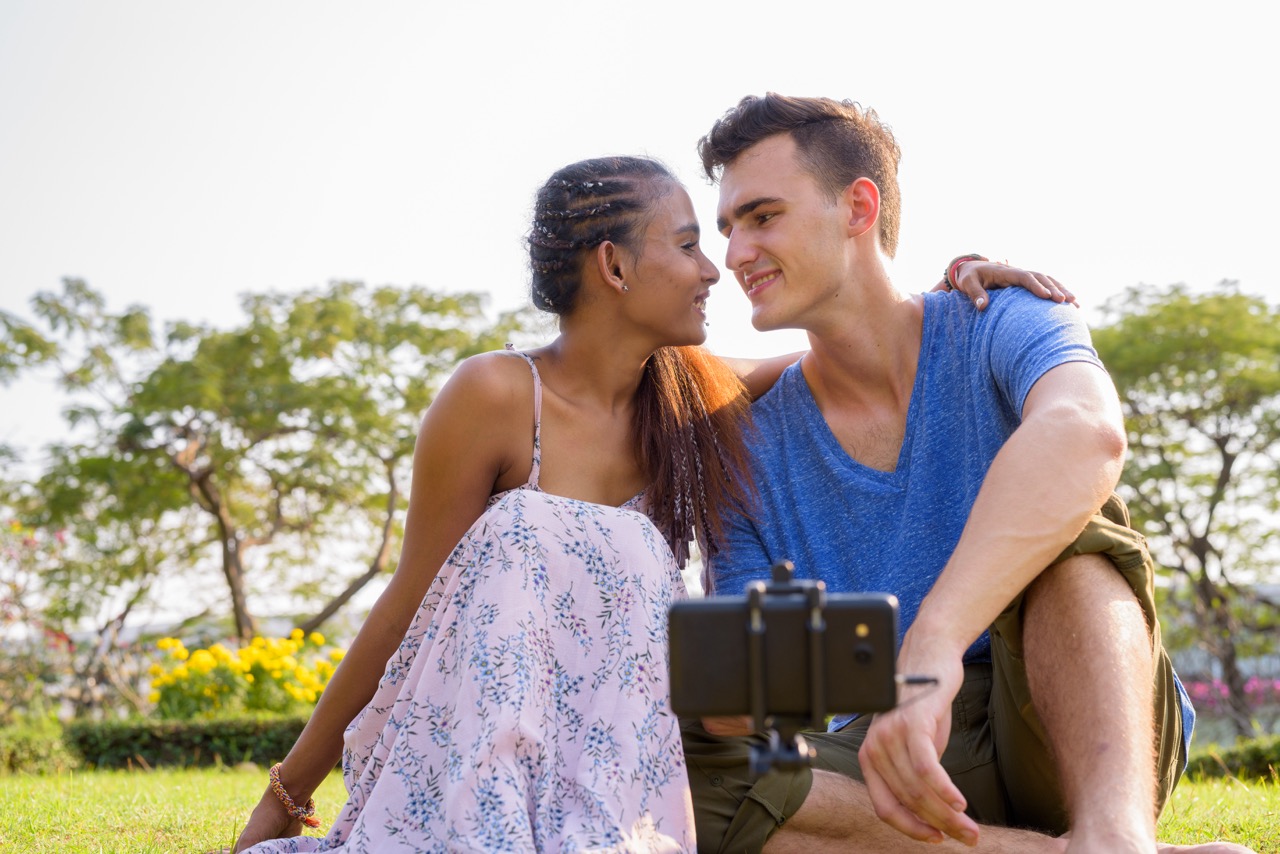The landscape of dating has undergone significant transformation over the past few decades, propelled by advancements in technology and changing societal norms. As the digital realm continues to expand, virtual reality (VR) has emerged as a groundbreaking tool that reshapes how we connect with potential partners. By immersing individuals in lifelike scenarios, VR paves the way for new forms of interaction, ultimately influencing romantic relationships on multiple levels. This article delves into the role of virtual reality in dating today, examining its impact on connections, communication, and the future of love.
Exploring the Evolution of Dating in a Virtual World
Dating has evolved dramatically since the advent of the internet, moving from traditional methods of meeting potential partners to online platforms that offer greater accessibility. The introduction of dating apps has allowed individuals to connect with others at the touch of a button, but these platforms often lack the depth and intimacy found in face-to-face interactions. Enter virtual reality—a technology that transports users into immersive environments, creating opportunities for genuine connections that transcend digital barriers.
Virtual reality dating experiences allow users to engage in simulated environments that closely mimic real-life scenarios, such as strolling through a virtual park or attending a concert together. This immersive aspect fosters a sense of presence and emotional connection that is often missing in text-based communication. Users can experience shared moments, whether it’s enjoying a sunset or embarking on a thrilling adventure, making virtual dates feel more authentic and engaging.
Moreover, VR can bridge geographical divides, enabling individuals from different parts of the world to meet in a shared virtual space. This newfound accessibility opens doors for people who may have previously struggled to find compatible partners in their local communities. As the world becomes increasingly connected, virtual reality serves as a vital tool in facilitating romantic connections that might have otherwise never occurred.
How Virtual Reality Transforms Romantic Connections Today
Virtual reality is not just about creating immersive experiences; it also serves as a platform for individuals to express themselves in new and unique ways. In VR environments, users can curate their avatars and choose how they wish to present themselves, allowing for a greater degree of creative expression. This freedom can lead to increased confidence, as users can explore different facets of their identity without the fear of judgment often present in the physical world.
Additionally, the shared experiences offered by VR foster deeper emotional connections between individuals. By participating in interactive activities, such as games or collaborative tasks, users can build trust and rapport in a way that traditional dating methods may struggle to achieve. This dynamic interaction can lead to more meaningful relationships, as users can gauge compatibility through a variety of shared experiences, rather than relying solely on superficial assessments.
Furthermore, the novelty of virtual reality dating can stimulate excitement and intrigue, making the process of finding a partner feel less daunting and more enjoyable. The ability to engage in fun and entertaining virtual dates can alleviate some of the pressures associated with traditional dating, encouraging individuals to approach relationships with a more open and adventurous mindset.
Enhancing Communication: VR’s Impact on Online Dating
One of the most significant challenges in online dating is the lack of non-verbal cues that are essential for effective communication. Traditional text-based messages can often lead to misunderstandings, leaving individuals feeling disconnected and uncertain about their romantic prospects. Virtual reality addresses this issue by enabling users to engage in face-to-face conversations within a virtual space, allowing for richer social interactions that include body language and facial expressions.
In VR, users can interact with one another just as they would in real life, which can enhance the emotional depth of conversations. This technology allows for more nuanced communication, enabling users to gauge interest, empathy, and attraction through visual and auditory cues. As a result, individuals may feel more comfortable expressing their feelings and intentions, fostering a more honest and transparent approach to dating.
Moreover, VR can facilitate communication in ways that traditional dating platforms cannot. For instance, users can participate in virtual group dates or social events, creating a relaxed environment that encourages organic interactions. This can significantly reduce the anxiety often associated with one-on-one meetings, as users can engage in conversations with multiple people and build connections in a more casual setting.
The Future of Love: Virtual Reality’s Role in Relationships
As virtual reality technology continues to advance, its implications for dating and relationships will only grow. Future developments could allow for even more immersive experiences, such as virtual reality vacations or shared hobbies, enabling couples to explore new dimensions of their relationships without physical limitations. This could lead to a deeper understanding of one another, as partners experience life together in ways that were previously unimaginable.
Furthermore, the integration of artificial intelligence within VR could enhance matchmaking algorithms, leading to improved compatibility between users. AI could analyze user behavior and preferences within virtual spaces, providing personalized recommendations and facilitating connections that are more likely to result in successful relationships. This evolving technology will not only streamline the dating process but also contribute to the cultivation of long-lasting connections.
Additionally, as society becomes more accepting of virtual relationships, the stigma often associated with online dating may diminish. The normalization of VR dating could lead to wider acceptance of various forms of love, allowing individuals to explore their romantic inclinations without fear of judgment. Ultimately, virtual reality holds the potential to redefine the way we perceive and experience love, making dating more inclusive, engaging, and fulfilling for everyone involved.
In conclusion, virtual reality is revolutionizing the dating landscape by bridging the gap between digital interactions and real-life connections. By creating immersive environments that promote genuine experiences, VR enhances communication and fosters deeper romantic relationships. As technology continues to evolve, the role of virtual reality in dating is poised to expand, offering new possibilities for love and connection. Embracing this innovative approach to relationships may well be the key to navigating the complexities of modern dating, allowing individuals to forge meaningful connections in a virtual world that feels all too real.





